Shockwave Therapy
What is Shockwave Therapy?
Shockwave therapy is a non-invasive treatment that helps the body’s natural healing process. It can reduce pain and speed up the healing of torn ligaments, tendons, and other soft tissues. It does this by releasing maturation factors from injured soft tissue. Shockwave treatment is occasionally employed with extracorporeal pulse activation technological devices.
Shockwave treatment is a sort of regenerative medicine also known as orthobiologic therapy. It treats tendinopathy and ligament injuries that are difficult to heal. Degenerative tendinopathies are related to calcium accumulation in the muscular tendon. Concentrating shock waves can break apart such deposits.
If a hip impingement has wounded tendons and ligaments near the hip, the remedy might support rehabilitation following orthopedic surgery. Surgery can relieve hip impingement, but after many years of overworking and degradation caused by the impingement, the surrounding tendons typically continue to ache. Shockwave therapy can be utilized to address this secondary condition.
What is the underlying principle of shockwave therapy?
- Electrohydraulic Generation Principle
- Piezoelectric Generation Principle
- Electromagnetic Generation Principle
- Radial or Ballistic Generation Principle
The shockwave field is made up of four basic principles: electrohydraulic, electromagnetic, piezoelectric, and radial or ballistic generation principles. The shock wave emitted by the majority of the tools has a focus zone several centimeters forward of the generator. The healing outcomes occur when most sonic waves are concentrated in the focus zone, which is often the movement location. The coupling media (ultrasonic gel) transmits the shock wave into the soft tissue, generating a focus zone. It is critical to ensure that the designated spot is in the focus zone during shock wave treatment.
Shockwaves are temporary pressure interruptions that occur fast in three dimensions. They are connected with an impulsive peak from ambient to maximum pressure. Significant soft tissue hits cause cavitation, resulting in a negative phase of wave propagation.
Direct shockwave and indirect cavitation strikes cause hematoma formation and localized cell stoppage, resulting in a new bone/tissue appearance.
How Does Shockwave Therapy Work?
Shockwave treatment contains both good and negative stages. The positive stage generates instantaneous mechanical forces, but the negative stage produces cavitations and gas drops, which then collapse at high speeds, causing a second wave of shockwaves. It employs a high peak pressure accompanied by a reduced amplitude, a shorter period, and a shorter peak duration. They produce a single pulse with a high-pressure amplitude (0-120 MPa) and a wide frequency range (0-20 MHz). Ultrasound waves have a peak pressure that is approximately 1000 times lower than that of a shockwave.
Shockwaves are low-frequency pressure disturbances that move quickly in a three-dimensional space, accompanied by an abrupt surge from ambient force to maximum pressure. Subsequent soft tissue impacts, primarily cavitations, result in the negative stage of wave propagation.
Shockwave treatment may be used for:
- Increase circulation around injured soft tissues.
- Crackdown calcified deposits, such as kidney stones.
- Prompt cells generate new bone tissue and connective soft tissue.
- Overstimulating nerve endings in the afflicted area can help relieve pain.
- The entire technique does not have any heat effect, but it accelerates revascularization.
History of Extracorporeal Shock Wave Therapy:
ESWT was initially used clinically in 1982 to treat urological problems. This technology’s efficacy in treating urinary stones immediately established it as the first-line, noninvasive, and successful technique. ESWT was then investigated in orthopedics, where it was revealed to potentially dislodge the cement during total hip arthroplasty revisions.
Additionally, research on animals carried out in the 1980s suggested that ESWT might enhance the interaction between bone and cement, trigger an osteogenic response, and speed up the healing of fractures. While ESWT has been found to improve fracture healing, most orthopedic research has focused on upper and lower extremity tendinopathies, fasciopathies, and soft tissue diseases.
Physiology of Shock-wave Therapy:
Shock-wave therapy makes use of sound waves with nonlinearity, high peak pressure, low tensile amplitude, quick rising time, and short duration (10 ms). They generate a single pulse with a wide frequency range (0-20 MHz) and high intensity (0-120 MPa).
These characteristics lead shockwaves to have positive and negative phases. The positive phase provides direct mechanical forces, but the negative phase causes cavitation and gas bubbles, which then collapse at high speeds, resulting in a second wave of shockwaves.
In comparison to ultrasonic waves, the shockwave peak pressure is around 1000 times higher.
Mechanism of Action:
The consequences of ESWT therapy remain uncertain. ESWT’s proposed mechanisms of action include the following: promoting neovascularization at the tendon-bone junction, stimulating tenocyte proliferation and osteoprogenitor differentiation, increasing leukocyte infiltration, and amplifying growth factor and protein production promoting collagen production and tissue remodeling.
What are the benefits of Shock Wave Therapy?
Shock wave treatment has several biological advantages, including:
- It is a non-invasive way to manage acute and chronic pain.
- The therapy does not require anesthesia.
- Reduces discomfort and increases movement.
- It has few side effects.
- It is frequently utilized in the treatment of muscular skeletal disorders. Shockwave treatment is cost-effective.
What are the applications of shockwave therapy?
The physical therapist evaluates the patient at his initial appointment to determine that he is a viable candidate for shockwave therapy. The therapy begins by administering ultrasonic gel to the affected region. The applicator or treatment head is immediately placed on the area. Sound waves must be delivered from the emitter to the patient’s skin using a gel substance.
The parameters are predetermined, and the intensity is determined by the patient’s convenience; there is no standardized procedure for the treatment of musculoskeletal problems. It can be used with therapy, basic exercises, and movement modification. Based on the results, the patient is advised to undergo shockwave therapy once a week for 5-6 weeks.
It contains acoustic energy, energy flow density (EFD), wealth pressure distribution across the sample, and total energy at the secondary focal point. The energy flux density (EFD) of the focussed shock wave utilized to treat muscle trigger sites ranges between 0.05 and 0.25 mJ/mm2. To minimize tissue injury, the shock wave frequency at the trigger site should not exceed 4 Hz. The energy flow density (mJ/mm2) is determined by the muscle’s thickness and depth. The energy flux density should be chosen so that the discomfort caused by the shock waves is manageable for the patient. The same technique applies to radial shock waves. To avoid hematomas, exercise extreme caution while employing tiny surface shock transmitters with a small surface.
The shock wave frequency ranges from 10 to 15 Hz, with 15 Hz often causing less discomfort. When employing a mix of focused and radial shock waves in trigger point treatment, the trigger sites are initially treated with 200 to 400 focused shock waves. It is accompanied by a radial shock wave receiver that generates 3000 to 4000 radial shock waves.
Frequency: Most people benefit from one session each week. These intervals allow muscles to recover from irritation, which the patient may experience for up to three days.
What are the indications for shockwave therapy?
Shockwave therapy is frequently used to treat common musculoskeletal illnesses. These include:
- Acute and persistent muscular discomfort in the cervical and lumbar spine regions.
- Chronic tendinopathy
- Rotator cuff tendinosis with calcium deposits
- Frozen shoulder
- Dorsalgia
- Tennis elbow
- Golfer’s elbow
- Carpal Tunnel Syndrome
- Sciatic pain.
- Tensor fascia Late Syndrome
- Iliotibial band friction syndrome.
- Greater trochanteric pain syndrome.
- Avascular necrosis in the femoral head.
- medial tibial stress syndrome.
- osteoarthritis of the knee
- Patellar tendonitis
- Jumper’s Knee
- Bursitis
- Metarsalgia
- Tibialis anterior syndrome.
- Achilles’ tendonitis
- Plantar fasciitis
- Heel spurs
- Fracture
- Exostosis of Small Joints
- Recurrent strain and overuse injuries.
Contraindications of shockwave therapy:
Consult your therapist to ensure shockwave treatment is appropriate for your case. While this therapeutic strategy has few adverse effects for most people, there are a few situations in which it should not be used.
When soft tissue is injured and more healing is required, your doctor is unlikely to recommend shockwave treatment. That might exacerbate the patient’s soft tissue dysfunction. Your therapist will not consider shockwave therapy when an injury appears to necessitate surgery rather than non-invasive treatment.
Shockwave treatment should not be used:
- Near the womb throughout the pregnancy phase.
- Malignant tumors or surrounding tissues.
- Surrounding the brain or spine
- Close the lungs.
- On a person with any kind of active bleeding condition
- If you have tendinopathy or soft tissue injury that is not responding to a more conservative treatment
- However, whether you pick shockwave therapy over another form of healing procedure is essentially up to you and your doctor.
What to Expect from Shock Wave Therapy?
The total amount of shocks administered to the afflicted location determines the effectiveness of shockwave therapy treatment. A normal session lasts between 5 and 15 minutes, with a total of 1000 to 8000 shocks.
The effects of shockwave treatment remain around 2–4 hours after the session.
What are the possible adverse effects or complications?
You may experience some adverse effects, although they are infrequent and usually moderate. These may include:
- During the operation, the affected area will be painful.
- bruising
- blood in the urine
- Possible symptoms include penile skin infections
- uncomfortable erections, or
- worsening penile curvature
Although shockwave therapy rarely has complications, a therapist must evaluate the patient’s injuries and level of fitness prior to starting therapy. If a tendon or ligament is nearly entirely ripped, shockwave treatment can cause the remaining tissue to rupture. If a patient has very little bone density, such as someone with osteoporosis, shockwave treatment may cause a fracture.
Clinical studies have generally demonstrated shockwave treatment to be beneficial and safe, but more research is needed to understand potential dangers and the optimum therapeutic regimens for those with erectile dysfunction.
Shockwave treatment vs. Radial Wave treatment:
It is critical to distinguish shockwave therapy from radial wave therapy, which is often advertised as a noninvasive treatment for erectile dysfunction available in both medical and non-medical settings. Here are some important differences:
Shockwave Therapy
Data suggests that it can improve blood circulation and even help build new blood vessels.
A licensed medical specialist with specialized expertise is required to assist with this therapy.
The Food and Drug Administration (FDA) has not yet approved it as an effective treatment for erectile dysfunction.
Radial Wave Therapy
There is no evidence to support claims that it can help with erectile dysfunction.
It is not subject to FDA regulation because it is a Class I medical device.
This therapy does not require a medical license or any type of specialized training
Clinical Guidelines:
Extracorporeal shockwave therapy (ESWT) is largely used to treat common musculoskeletal problems. These include upper and lower extremities tendinopathies, greater trochanteric pain syndrome, medial tibial stress syndrome, patellar tendinopathy, and plantar fasciitis.
There are no standardized ESWT procedures for treating issues with the skeletal system.
FAQ’s
Does shockwave treatment work?
Yes. The majority of patients who use this therapy have praised its benefits. In clinical studies, almost 91% of patients reported beneficial outcomes that included a reduction in chronic pain, an increase in flexibility, and other fitness gains.
How long do shockwaves last?
Shockwave therapy lasts around 5-10 minutes. Around 2500-3000 shocks will be administered to the affected soft tissue each session. During your shockwave period, your physical therapist will modify the machine’s intensity to make sure that the damaged tissue receives an adequate dose.
What are the variances and commonalities between shockwave therapy and therapeutic ultrasound?
Differences Between Shockwave Therapy and Therapeutic Ultrasound:
Therapeutic ultrasound creates high-frequency sound waves, whereas shockwave therapy creates low-frequency electromagnetic fields.
While ultrasound can produce either thermal or non-thermal consequences in tissues, shockwave treatment can not produce thermal outcomes.
Similarities between shockwave therapy and therapeutic ultrasound:
Both techniques employ acoustic waves to provide restoration benefits.
Both employ a coupling medium (ultrasonic gel) to transport sound waves in the tissues being regaled.
They are both non-invasive methods of cure.
Does Shockwave need anesthesia?
Shockwave therapy employs shock waves to break up the stones into little pieces. The particles then exit your body spontaneously with urine, so no incisions are necessary. Shockwave treatment is an outpatient procedure, however anesthesia is required. If essential, you may be given a simple sedative or complete general anesthetic.
Can I stretch following shockwave therapy?
You should be able to continue your normal activities following shockwave therapy. We recommend avoiding any strenuous workouts or blows, such as jogging, for the first 48 hours after treatment. Regardless, you must continue to perform the activities prescribed by your physical therapist, such as stretching your plantar fascia.
Can I use shockwave treatment at home?
The Growth of At-Home Devices
Shockwave therapy has risen in popularity over the past few decades due to its ease of use and affordability. It’s an excellent choice for those who desire relief without having to visit the clinic all the time.
How unpleasant are shockwaves?
Most patients report feeling tiny pulses on their skin. If your pain is severe, your expert may be able to change how they utilize the shockwave device. Each treatment will only take a few minutes, therefore the great majority of patients will be able to bear the discomfort induced by shockwave therapy.
Is shockwave treatment beneficial for nerves?
Shockwave treatment can aid by stimulating the body’s capacity to repair new tissue. It also relieves pain by directly activating the nerves at the location of the damage.
Can you walk following shock wave therapy?
It is advised to avoid high-impact activities (such as jogging) and lengthy walks for 24 to 48 hours following each treatment.
Can I use ice following shockwave therapy?
Do not apply ice to the treated region or take any nonsteroidal anti-inflammatory medications such as aspirin, ibuprofen, or diclofenac, since these will inhibit the inflammatory and healing processes that the shockwave therapy has initiated.
References
- Dhameliya, N. (2022b, August 5). SHOCK-WAVE THERAPY – Effect, Indication, Contraindications. Samarpan Physiotherapy Clinic. https://samarpanphysioclinic.com/shock-wave-therapy/#What_does_Shock-wave_Therapy_treat
- Vaghela, D. (2023b, December 13). Shockwave Therapy – Indication, Contraindications – Mobile Physio. Mobile Physiotherapy Clinic. https://mobilephysiotherapyclinic.in/shockwave-therapy/#What_is_the_application_of_Shockwave_therapy
- What is Shockwave Therapy? What conditions are treated by Shockwave Therapy? Who will benefit from Shockwave Therapy? (n.d.). cbphysiotherapy. https://cbphysiotherapy.in/therapies-offered/shockwave-therapy

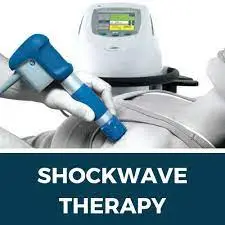

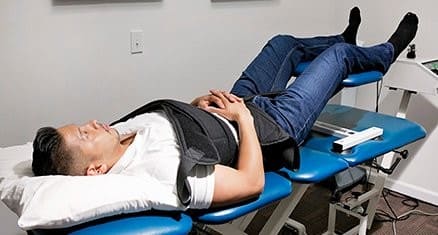
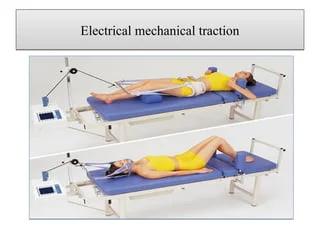
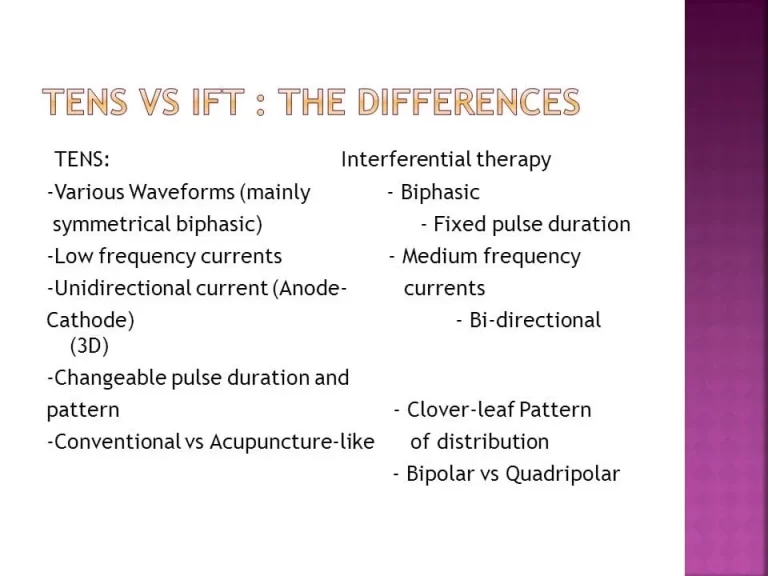
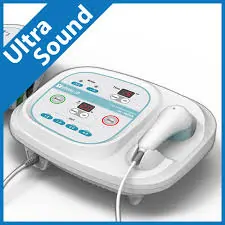
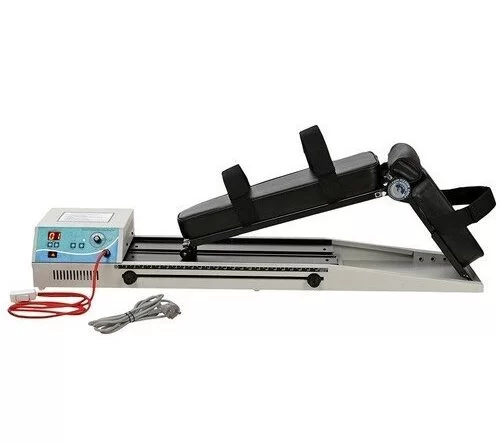
One Comment